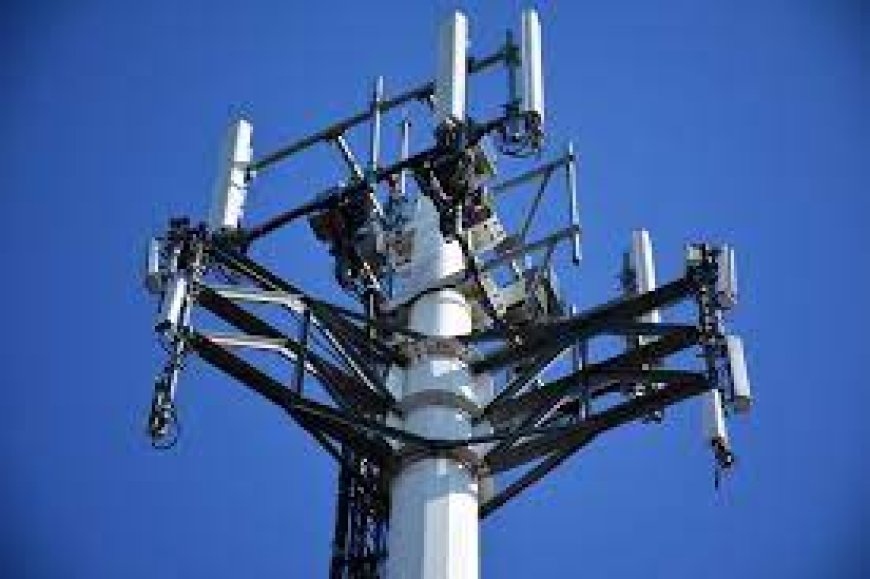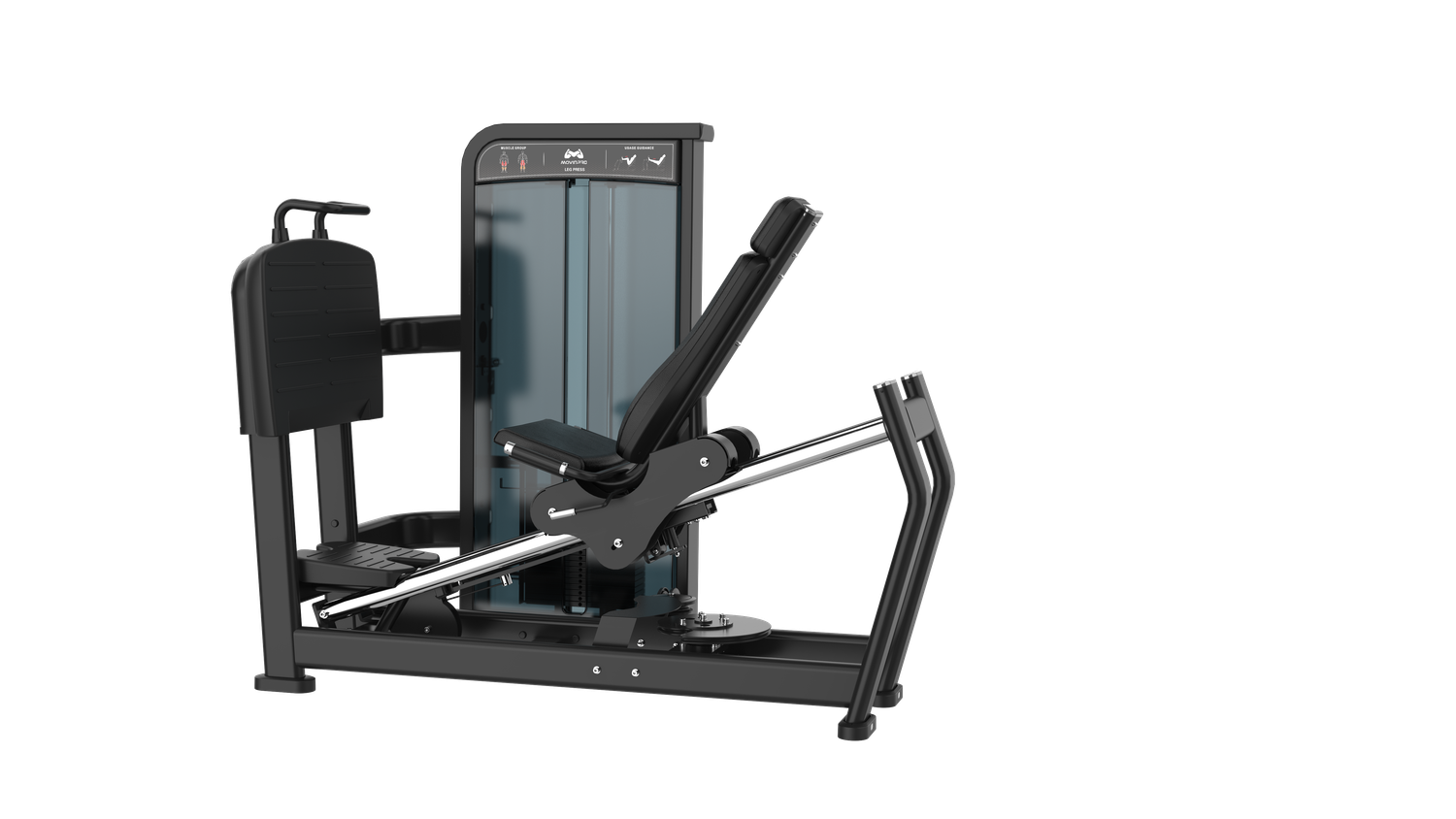RF Antenna: Essential Component for Signal Transmission

An RF antenna is a crucial component in wireless communication systems. It facilitates the transmission and reception of radio frequency signals, ensuring efficient data transfer in various applications. From broadcasting to telecommunications, RF antennas play a significant role in modern connectivity.
Types of RF Antennas
Different types of RF antennas cater to specific applications. Each type has unique characteristics that influence its performance and suitability for various environments.
Omni-Directional Antennas
Omni-directional antennas radiate signals in all directions, making them ideal for applications requiring 360-degree coverage. They are commonly used in Wi-Fi routers, mobile communication networks, and broadcast systems. These antennas ensure seamless connectivity by providing consistent signal strength across a broad area.
Directional Antennas
Directional antennas focus energy in a specific direction, improving signal strength and reducing interference. They are widely used in point-to-point communication, satellite communication, and radar systems. Their ability to concentrate signals makes them suitable for long-distance transmission.
Yagi Antennas
Yagi antennas are a type of directional antenna that enhances signal reception and transmission. They are commonly used in television broadcasting, amateur radio, and wireless communication systems. These antennas offer high gain, improving signal quality even in challenging environments.
Patch Antennas
Patch antennas are compact and designed for integration into wireless communication devices. They are widely used in GPS systems, RFID technology, and mobile communication. Their low-profile design makes them suitable for embedded applications where space is limited.
Importance of RF Cables in Antenna Performance
RF cables play a vital role in connecting antennas to transmitters, receivers, and other components. The efficiency of an RF antenna depends on the quality of the cable used for signal transmission. Selecting the right RF cable minimizes signal loss and ensures optimal performance.
Low-Loss Coaxial Cables
Coaxial cables with low signal loss are preferred for high-frequency applications. These cables maintain signal integrity over long distances, making them ideal for communication networks, satellite systems, and broadcast applications.
Flexible RF Cables
Flexible RF cables are designed for installations requiring movement and adaptability. These cables are commonly used in military communication, test equipment, and industrial automation systems. Their flexibility allows for easy routing without compromising signal quality.
Selecting Reliable RF Cable Suppliers
Choosing reputable RF cable suppliers ensures that the cables meet industry standards and provide long-term reliability. High-quality cables reduce signal degradation, enhancing the efficiency of RF antennas in various applications.
Applications of RF Antennas
RF antennas are essential in multiple industries, ensuring seamless communication and connectivity. Their applications extend beyond conventional wireless networks, contributing to various technological advancements.
Telecommunications and Wireless Networks
RF antennas are fundamental in mobile communication, Wi-Fi networks, and satellite communication. They enable voice and data transmission across vast distances, supporting global connectivity. Telecommunication providers rely on advanced antennas to maintain network efficiency and coverage.
Broadcasting and Television Transmission
Broadcasting stations use RF antennas to transmit radio and television signals over large areas. High-gain antennas enhance signal reach, ensuring clear reception for viewers and listeners. Directional and omni-directional antennas contribute to reliable broadcasting services.
What's Your Reaction?























